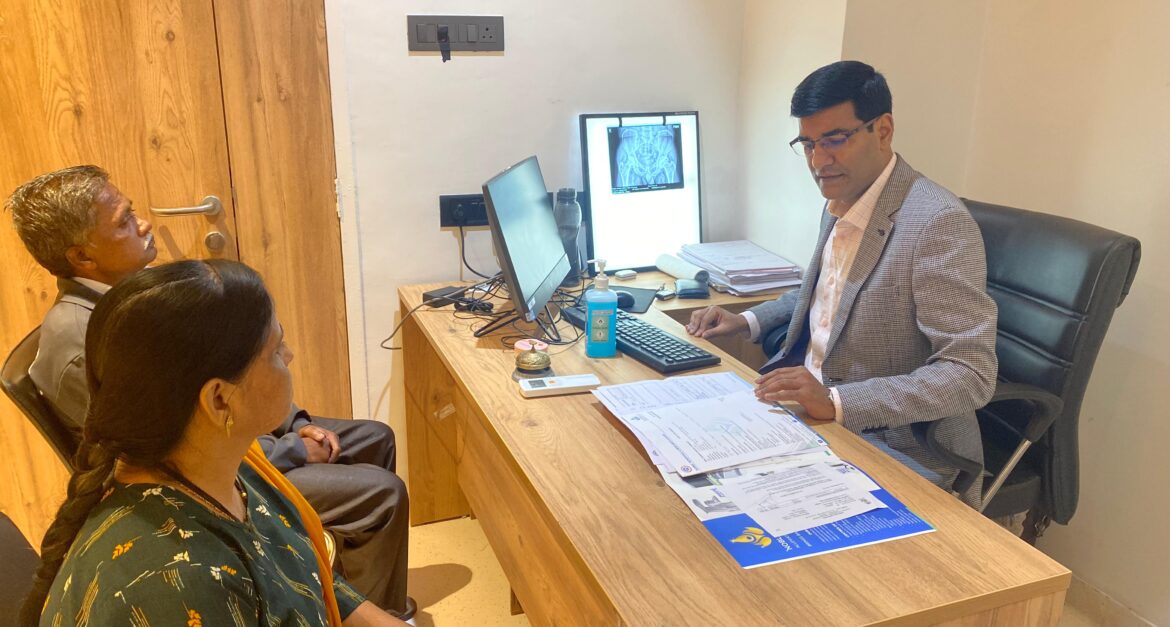Low back pain is a common issue that can disrupt daily life, but there are several effective ways to manage it at home. Here are ten strategies to help alleviate and prevent low back pain:
1. Stay Active
Regular physical activity helps strengthen the muscles that support your spine. Gentle exercises such as walking, swimming, or yoga can improve flexibility and reduce pain. Aim for at least 30 minutes of moderate activity most days of the week.
2. Maintain Good Posture
Proper posture reduces strain on your back. When sitting, use a chair with good lumbar support, keep your feet flat on the floor, and avoid slouching. Standing tall with your shoulders back can also help alleviate back stress.
3. Apply Heat or Cold
Using a heating pad or warm compress can relax tense muscles and improve blood flow. Conversely, applying an ice pack can reduce inflammation and numb the pain. Use heat or cold therapy for 20 minutes at a time, several times a day.
4. Practice Stretching
Regular stretching can enhance flexibility and relieve tension in your lower back. Gentle stretches such as knee-to-chest, cat-cow, and child’s pose can be beneficial. Hold each stretch for 20-30 seconds and repeat a few times a day.
5. Strengthen Your Core
A strong core supports your spine and reduces the risk of back pain. Incorporate exercises like planks, bridges, and pelvic tilts into your routine to strengthen your abdominal and back muscles.
6. Mind Your Movements
Be mindful of your movements to avoid straining your back. When lifting objects, bend your knees and keep the object close to your body. Avoid twisting your torso and instead turn your whole body.
7. Use Over-the-Counter Pain Relief
Non-prescription medications such as ibuprofen or acetaminophen can help manage pain and reduce inflammation. Follow the recommended dosage and consult with a healthcare professional if you have any concerns.
8. Try Relaxation Techniques
Stress and tension can exacerbate back pain. Techniques like deep breathing, meditation, and progressive muscle relaxation can help reduce stress and alleviate pain. Even spending a few minutes a day on relaxation can make a difference.
9. Adjust Your Sleeping Position
Your sleeping position can affect your back pain. Sleeping on your back with a pillow under your knees or on your side with a pillow between your knees can help maintain proper spine alignment. Ensure your mattress and pillows provide adequate support.
10. Stay Hydrated and Maintain a Healthy Diet
Proper hydration keeps your spinal discs healthy, while a balanced diet rich in vitamins and minerals supports overall bone and muscle health. Foods high in anti-inflammatory properties, such as leafy greens, berries, and fatty fish, can help reduce pain.
When to Seek Professional Help
While these home remedies can effectively manage mild to moderate low back pain, it’s important to seek professional medical advice if:
- Your pain is severe or persistent.
- You experience numbness, tingling, or weakness in your legs.
- You have difficulty controlling your bladder or bowels.
- Your pain is accompanied by unexplained weight loss or fever.
By combining these home management techniques with a proactive approach to overall health and wellness, you can effectively manage and potentially prevent low back pain. Remember, consistency is key, and small, daily efforts can lead to significant improvements over time.

